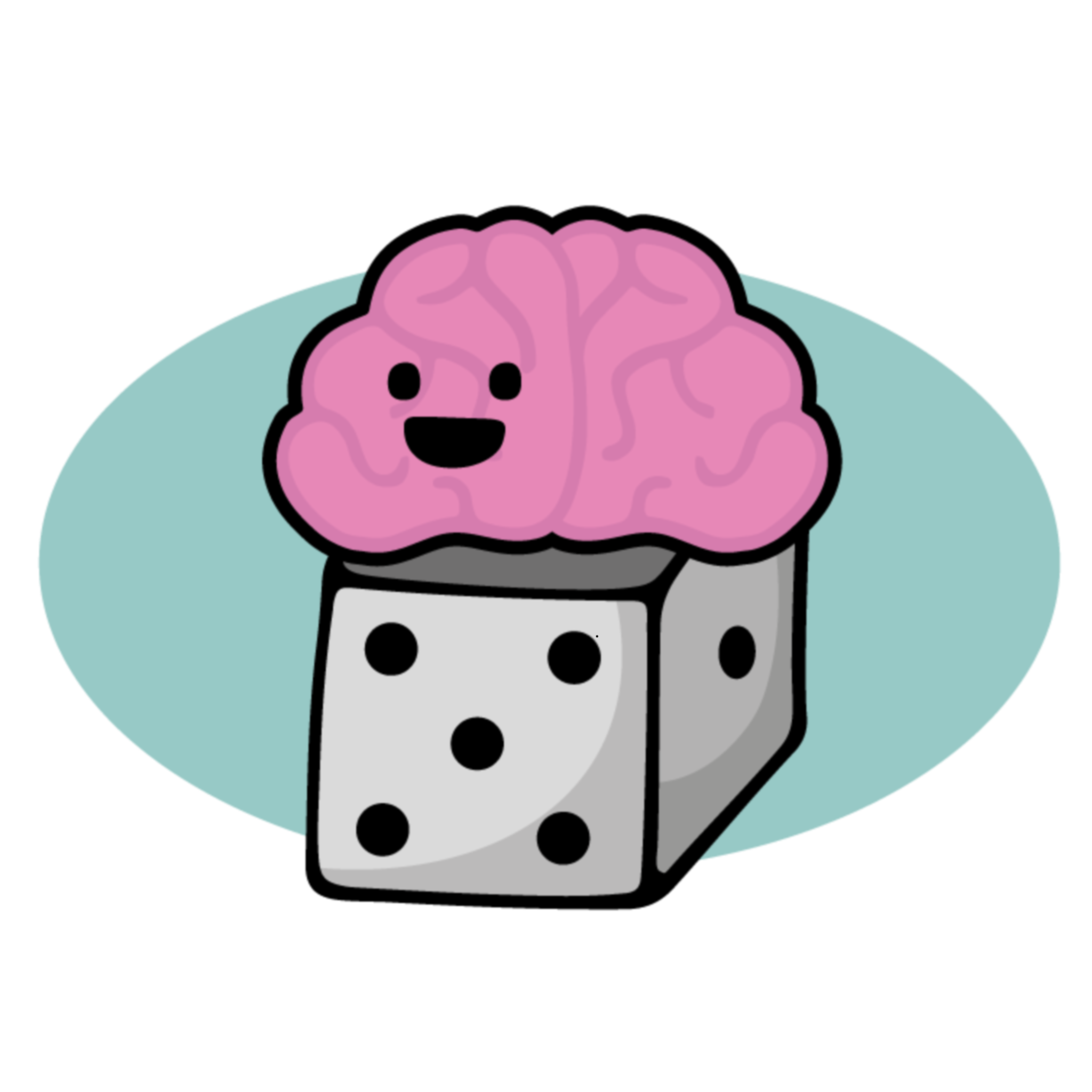Autism rates and diagnostic substitution
A study recently published in the May 2008 issue of Developmental Medicine and Child Neurology investigated theories explaining the rise in autism diagnoses since 1980. Two major explanations have been proposed for the increase in the disorder. The "autism epidemic" hypothesis posits that the rise is genuine, and more children are suffering from the disorder. The "diagnostic substitution" explanation proposes that the increase is an artifact of changes in the diagnostic criteria. Autism involves communication problems, repetitive behaviours, and problems with social interactions. The researchers examined the medical records of 38 15 to 31 year-olds who were diagnosed with a developmental language disorder in childhood, in which the child presents with language displays despite normal development in other areas. Eight of the 38 subjects would have been diagnosed with autism or milder autism spectrum disorder based on current criteria. The authors concluded that changes in these criteria may account, in part, for the increased numbers of autistic diagnoses, noting that prior to 1980, only very severe cases of autism were diagnosed. Currently, health care professionals are basing diagnoses on "subtle characteristics" that would once have been missed.
Obviously, additional research is required - this study was a very small one.
You can read more here and here.
Subscribe to The Family Anatomy Podcast by clicking here, or get your free subscription directly through iTunes.
